





 |
 |
 |
 |
 |
 |
| Peter Ericsson | profile | all galleries >> Tripreports! >> Thailand tripreports! >> Kaengkrachan 10-12/Jan 2018 | tree view | thumbnails | slideshow |
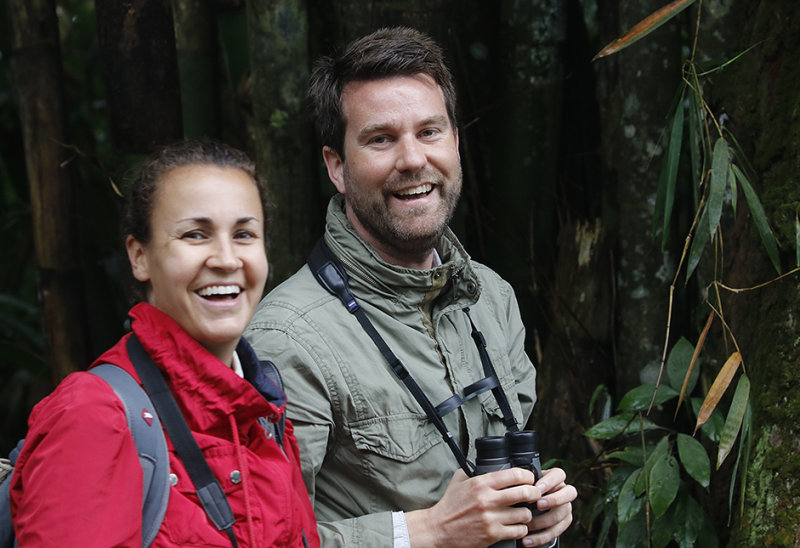 Emma and Mathew |
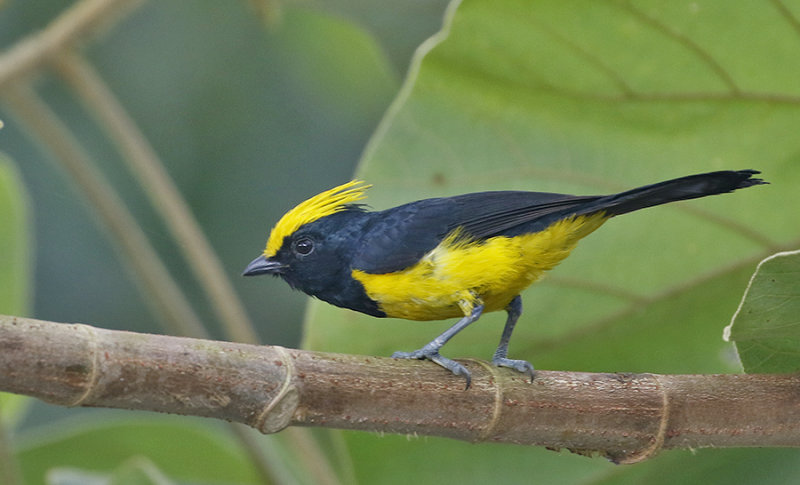 Sultan's Tit |
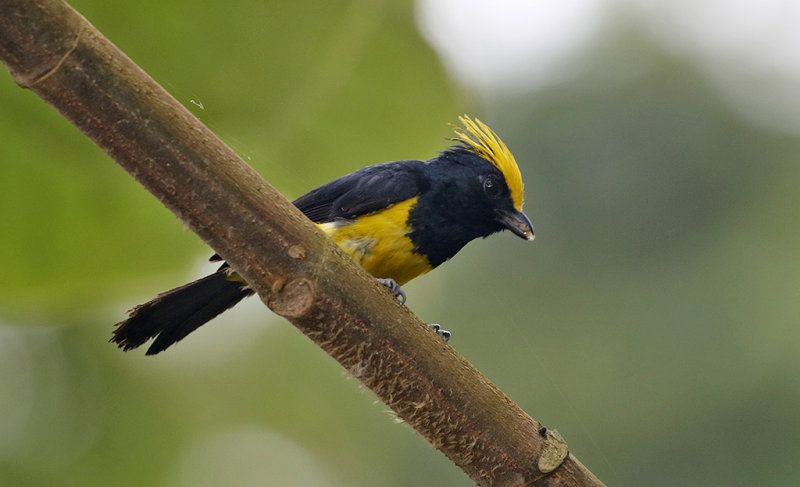 Sultan's Tit |
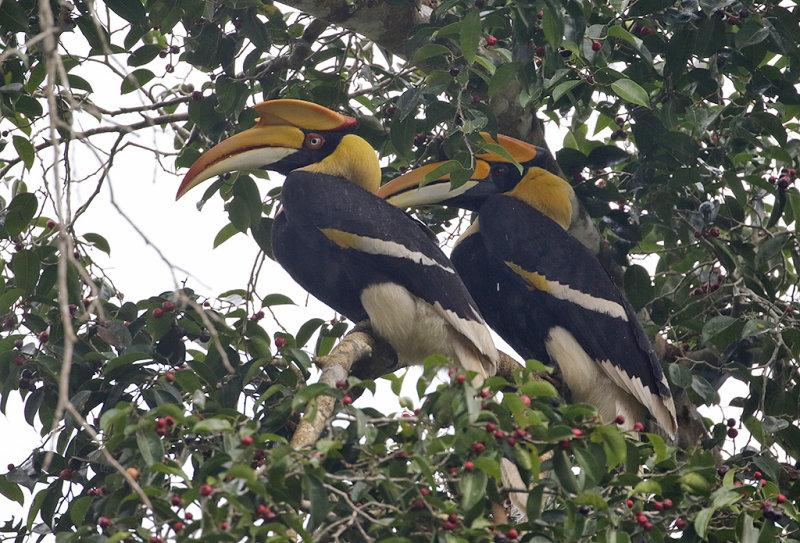 Great Hornbill |
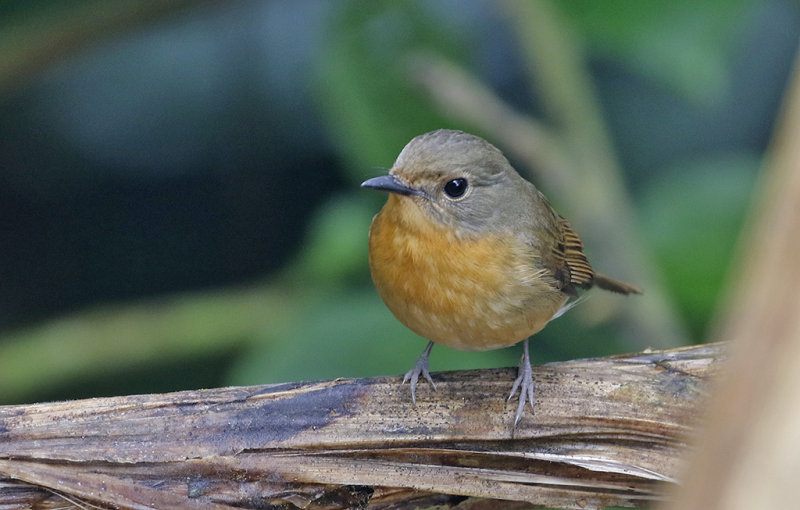 Hill Blue Flycatcher, female |
 White-browed Piculet |
 Orange-breasted Trogon |
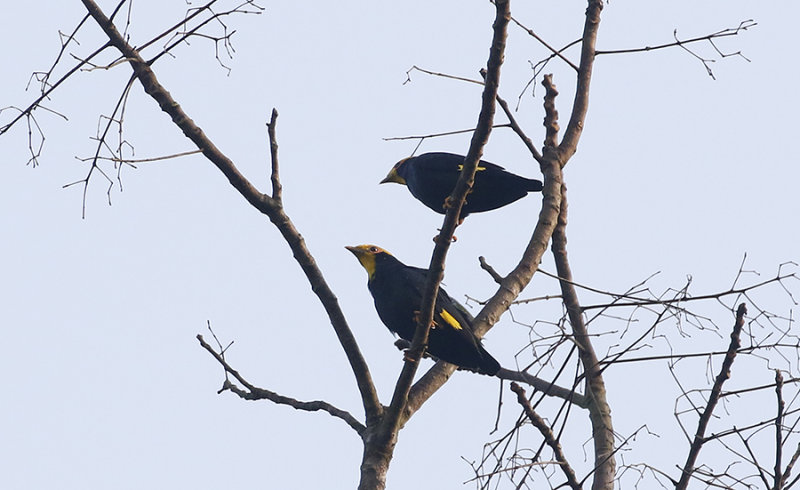 Gold-crested Myna |
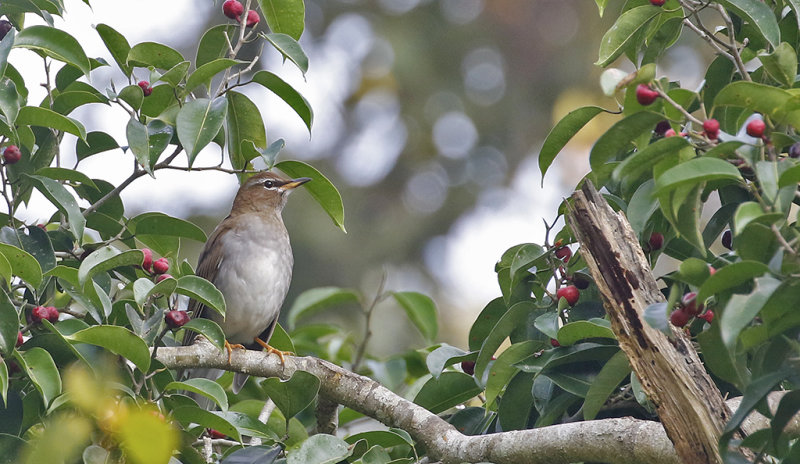 Grey-sided Thrush |
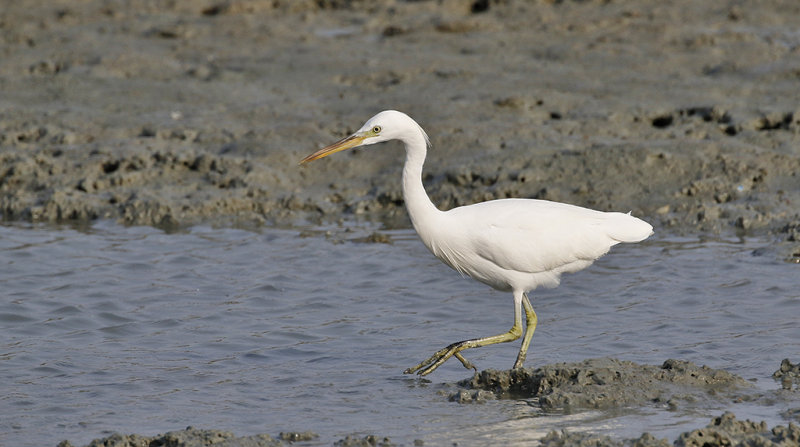 Chinese Egret |
 Collared Kingfisher |
| comment | share |